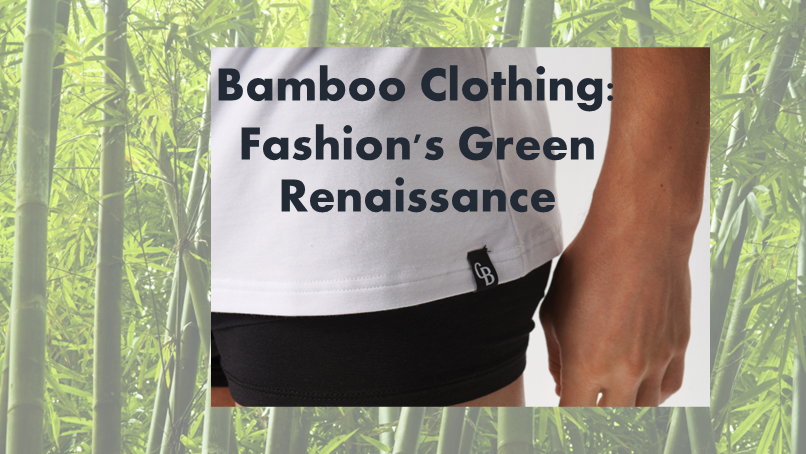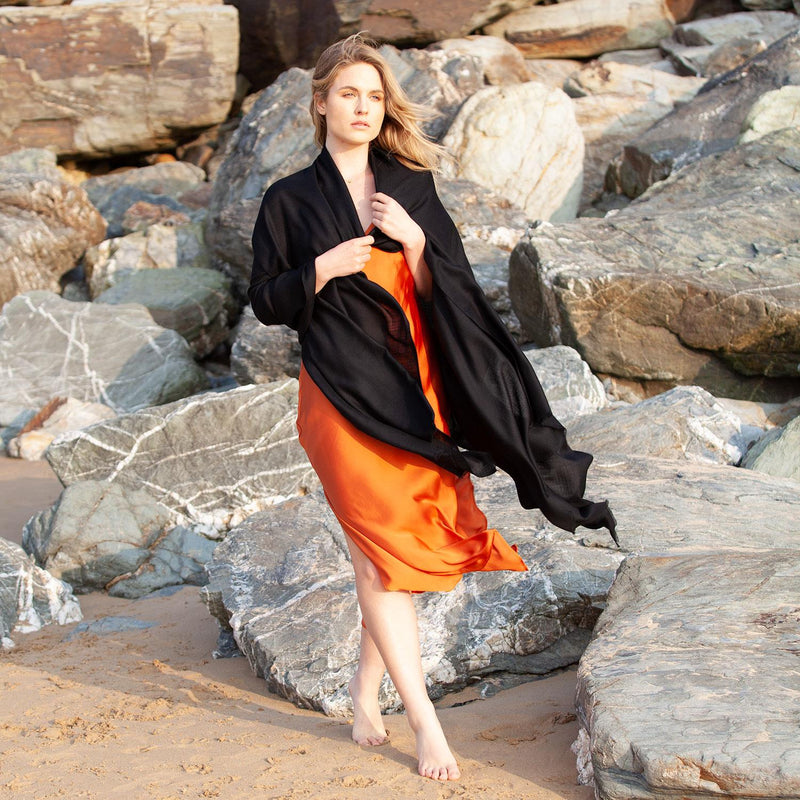Updated Merino Wool Base Layers Guide
Wiki Article
What Makes Yak Merino An Excellent Base Layer For Winter Sports Clothes With Regards To Warmth/Temperature Regulation And Moisture Control?
Base layers made from Yak merino are perfect for winter sportswear due to their combination of features that enhance comfort, warmth, and temperature regulation. ease of wearing.
Insulating Properties: Both yak and Merino wool are naturally insulate. Yak, due to its hollow filaments holds the air, which provides exceptional warmth. Merino wool is also renowned for its insulation.
Regulates Body temperature- The combination fabric regulates body temperatures by taking warmth away in cold weather and allowing breathability during high activity.
Moisture Management-
Merino is a moisture-wicking wool. The properties of Merino remove moisture and disperse moisture which stops sweat accumulation. Yak wool can also help transport moisture, and keeps the wearer comfortable during physical activity.
Comfort-
Softness- Merino Wool is renowned for the fine, soft fibers it has. These fibers are less irritating to the skin. The inclusion of yak wool, that also has soft fibers, increases the comfort.
Odor resistance: Both are antimicrobial, and will ensure that your clothing stays fresh by reducing bacteria growth.
Durability-
Strength and resilience- Yak is a natural strong and durable, can be paired with merino in order to create a fabric that is strong and durable. It's perfect for any sport.
Natural Fiber Benefits-
Yak, merino, and other renewable fibers are eco green.
They can be used to deal with a range of conditions of the weather.
The combination of yak and merino wool maximizes the benefits of each material and creates the best fabric in providing warmth, regulating temperatures, regulating moisture, ensuring comfort and is sturdy. The yak-merino blend base fabric is ideal for winter sport clothes. It is able to cater to the demands of outdoor activities in colder climates. It also keeps people dry and comfortable. View the most popular merino wool base layers blog for site tips including best mid layer skiing, wool thermals, ski underwear, smartwool mid layer, merino wool thermals women's, wool thermals mens, men's wool leggings, merino wool underwear womens, best thermal underwear for skiing, wool thermal underwear and more.

What Are The Advantages Of Wearing Bamboo Clothes In Terms Of Thermal Regulation As Well As Biodegradability, Uv Protection And Environmental Impact?
Bamboo clothing has many advantages with regard to the regulation of temperature as well as biodegradability, UV protection and environmental impact- Thermal Regulation-
Bamboo fabric insulation is breathable and has thermal regulating properties. It is warm even in frigid temperatures. It regulates body temperature by retaining warmth when temperatures drop and also allowing airflow to prevent overheating while exercising.
UV Protection-
UV Resistance - Bamboo fabric offers natural protection against harmful ultra violet radiation. It can provide an additional layer of protection from sun exposure by blocking a large amount of ultraviolet radiation.
Biodegradability-
Eco-friendly- Bamboo clothing is biodegradable. This means it degrades without harmful residues and doesn't contribute to polluting the environment. This can help reduce waste and minimize the environmental impact from discarded clothing.
Environmental Impact-
Sustainable - Bamboo as a raw material is extremely sustainable. It can grow rapidly and abundantly without chemical pesticides or fertilisers. This reduces the environmental impact of cultivating it. The speed of growth of this plant makes it a renewable source.
Bamboo has a lower water requirement when compared to cotton and other crops. Bamboo is thus more efficient in terms of how much water is used. This is a major factor in water conservation and reduces the pressure on resources.
Soil Conservation
Health of the soil - Bamboo cultivation does not usually remove soil nutrients, nor require extensive irrigation. This results in healthier soil conditions.
Carbon Sequestration -
Carbon Absorption - Bamboo plants are able to absorb more CO2 than other species and also release more oxygen in the air. This ability can lower carbon dioxide emissions as well as combat global warming.
Bamboo clothing is a fantastic choice for those who want to dress in clothes that are both functional and sustainable. These characteristics are in sync with eco-friendly practices, which benefit both the wearer as as the environment. View the best bamboo clothing info for site tips including bamboo clothing wholesale, bamboo shirts wholesale, bamboo sweatpants, bamboo baby clothes, mens boxer shorts bamboo, bamboo sportswear, kate quinn bamboo, bamboo sweater, bamboo cay christmas shirts, bamboo yoga clothing and more.

What Is The Way That Bamboo And Merino Clothing Compare With Regular Wool?
Merino layers, regular wool and bamboo clothing have different characteristics.
Merino's soft, silky fibers make it soft against your skin. It is less likely to cause irritation or itching than wool that is more traditional.
Moisture-Wicking- Merino wool is extremely wicking properties that draw moisture away from the skin and allows it to evaporate and keep the wearer comfortable and dry.
Merino wool is extremely warm, even when it's wet. It regulates body temperatures by providing insulation and breathability to prevent overheating while exercising.
Odor Resistant- It blocks the growth of bacteria which create smells. It also keeps your clothing fresh and clean after prolonged wear.
Bamboo Clothing
Softness Bamboo clothing is known to have a silky and soft texture that could be described as cashmere or silk. It's a gentle material that offers a pleasant wearing experience.
Moisture-Wicking Bamboo fabric has moisture-wicking properties that draw the moisture away from your skin, ensuring that the wearer stays dry during exercise.
Temperature Regulation- Bamboo clothing has natural temperature-regulating abilities, offering warmth in winter and breathability to prevent overheating.
Sustainability- Bamboo grows quickly and without pesticides or fertilisers. It's biodegradable and has a very low environmental impact.
Wool Regular
Texture. The texture of wool is variable. Certain types are more coarse in texture and more susceptible to itching.
Warmth- Regular wool provides great insulation and warmth, however, it can be heavy or bulky.
Wool is not as effective as bamboo or merino fabric in wicking moisture away because it can absorb water. It holds warmth even when it is wet.
Summary The softness of Merino Wool makes it odor and odor-resistant. It also provides exceptional moisture wicking. Bamboo clothing provides a smooth texture, moisture-wicking abilities, temperature regulation and long-term sustainability. Regular wool is different in texture. It may not be as soft or possess the same moisture wicking ability as merino and bamboo, but provides warmth. Each one is distinctive and can be tailored to different styles of winter clothes. Read the top rated merino winter clothing for blog tips including smart wool baselayer, smartwool thermal underwear, merino undershirt, 400g merino wool base layer, wicked wool base layer, best baselayers for skiing, smartwool thermals, best baselayers for skiing, merino wool base layers, merino wool base layer womens and more.
